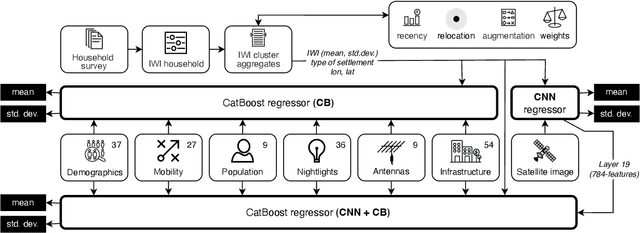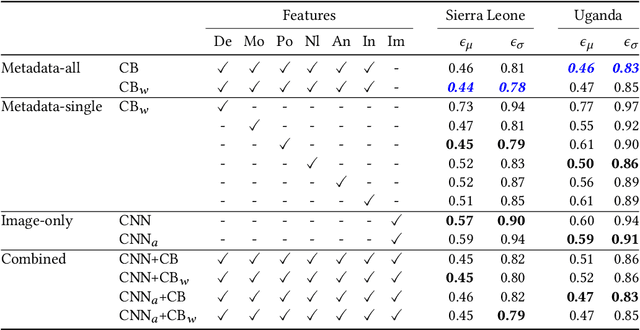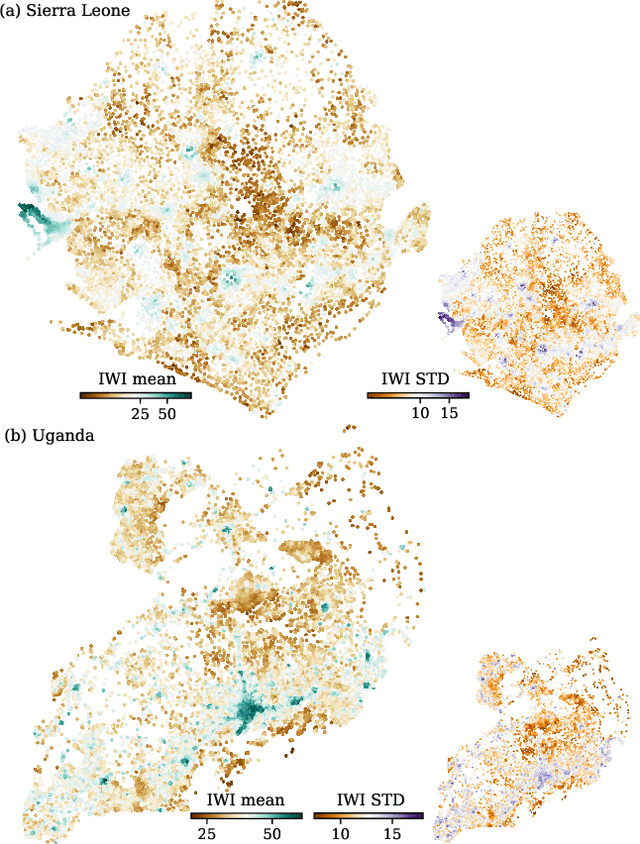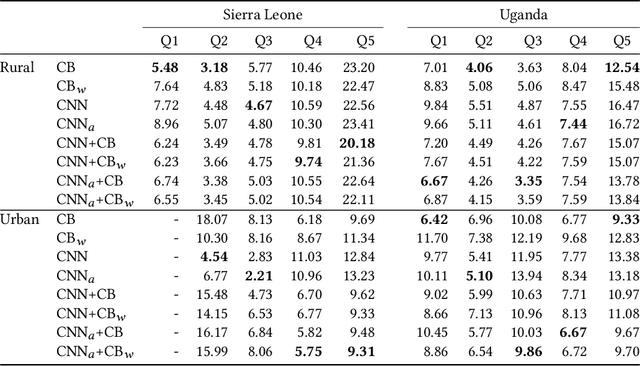Lisette Espín-Noboa
hyperFA*IR: A hypergeometric approach to fair rankings with finite candidate pool
Jun 17, 2025Abstract:Ranking algorithms play a pivotal role in decision-making processes across diverse domains, from search engines to job applications. When rankings directly impact individuals, ensuring fairness becomes essential, particularly for groups that are marginalised or misrepresented in the data. Most of the existing group fairness frameworks often rely on ensuring proportional representation of protected groups. However, these approaches face limitations in accounting for the stochastic nature of ranking processes or the finite size of candidate pools. To this end, we present hyperFA*IR, a framework for assessing and enforcing fairness in rankings drawn from a finite set of candidates. It relies on a generative process based on the hypergeometric distribution, which models real-world scenarios by sampling without replacement from fixed group sizes. This approach improves fairness assessment when top-$k$ selections are large relative to the pool or when protected groups are small. We compare our approach to the widely used binomial model, which treats each draw as independent with fixed probability, and demonstrate$-$both analytically and empirically$-$that our method more accurately reproduces the statistical properties of sampling from a finite population. To operationalise this framework, we propose a Monte Carlo-based algorithm that efficiently detects unfair rankings by avoiding computationally expensive parameter tuning. Finally, we adapt our generative approach to define affirmative action policies by introducing weights into the sampling process.
A Comparative Analysis of Wealth Index Predictions in Africa between three Multi-Source Inference Models
Aug 03, 2024Abstract:Poverty map inference is a critical area of research, with growing interest in both traditional and modern techniques, ranging from regression models to convolutional neural networks applied to tabular data, images, and networks. Despite extensive focus on the validation of training phases, the scrutiny of final predictions remains limited. Here, we compare the Relative Wealth Index (RWI) inferred by Chi et al. (2021) with the International Wealth Index (IWI) inferred by Lee and Braithwaite (2022) and Esp\'in-Noboa et al. (2023) across six Sub-Saharan African countries. Our analysis focuses on identifying trends and discrepancies in wealth predictions over time. Our results show that the predictions by Chi et al. and Esp\'in-Noboa et al. align with general GDP trends, with differences expected due to the distinct time-frames of the training sets. However, predictions by Lee and Braithwaite diverge significantly, indicating potential issues with the validity of the model. These discrepancies highlight the need for policymakers and stakeholders in Africa to rigorously audit models that predict wealth, especially those used for decision-making on the ground. These and other techniques require continuous verification and refinement to enhance their reliability and ensure that poverty alleviation strategies are well-founded.
Interpreting wealth distribution via poverty map inference using multimodal data
Feb 17, 2023



Abstract:Poverty maps are essential tools for governments and NGOs to track socioeconomic changes and adequately allocate infrastructure and services in places in need. Sensor and online crowd-sourced data combined with machine learning methods have provided a recent breakthrough in poverty map inference. However, these methods do not capture local wealth fluctuations, and are not optimized to produce accountable results that guarantee accurate predictions to all sub-populations. Here, we propose a pipeline of machine learning models to infer the mean and standard deviation of wealth across multiple geographically clustered populated places, and illustrate their performance in Sierra Leone and Uganda. These models leverage seven independent and freely available feature sources based on satellite images, and metadata collected via online crowd-sourcing and social media. Our models show that combined metadata features are the best predictors of wealth in rural areas, outperforming image-based models, which are the best for predicting the highest wealth quintiles. Our results recover the local mean and variation of wealth, and correctly capture the positive yet non-monotonous correlation between them. We further demonstrate the capabilities and limitations of model transfer across countries and the effects of data recency and other biases. Our methodology provides open tools to build towards more transparent and interpretable models to help governments and NGOs to make informed decisions based on data availability, urbanization level, and poverty thresholds.
How Users Explore Ontologies on the Web: A Study of NCBO's BioPortal Usage Logs
Oct 31, 2016



Abstract:Ontologies in the biomedical domain are numerous, highly specialized and very expensive to develop. Thus, a crucial prerequisite for ontology adoption and reuse is effective support for exploring and finding existing ontologies. Towards that goal, the National Center for Biomedical Ontology (NCBO) has developed BioPortal---an online repository designed to support users in exploring and finding more than 500 existing biomedical ontologies. In 2016, BioPortal represents one of the largest portals for exploration of semantic biomedical vocabularies and terminologies, which is used by many researchers and practitioners. While usage of this portal is high, we know very little about how exactly users search and explore ontologies and what kind of usage patterns or user groups exist in the first place. Deeper insights into user behavior on such portals can provide valuable information to devise strategies for a better support of users in exploring and finding existing ontologies, and thereby enable better ontology reuse. To that end, we study and group users according to their browsing behavior on BioPortal using data mining techniques. Additionally, we use the obtained groups to characterize and compare exploration strategies across ontologies. In particular, we were able to identify seven distinct browsing-behavior types, which all make use of different functionality provided by BioPortal. For example, Search Explorers make extensive use of the search functionality while Ontology Tree Explorers mainly rely on the class hierarchy to explore ontologies. Further, we show that specific characteristics of ontologies influence the way users explore and interact with the website. Our results may guide the development of more user-oriented systems for ontology exploration on the Web.
 Add to Chrome
Add to Chrome Add to Firefox
Add to Firefox Add to Edge
Add to Edge